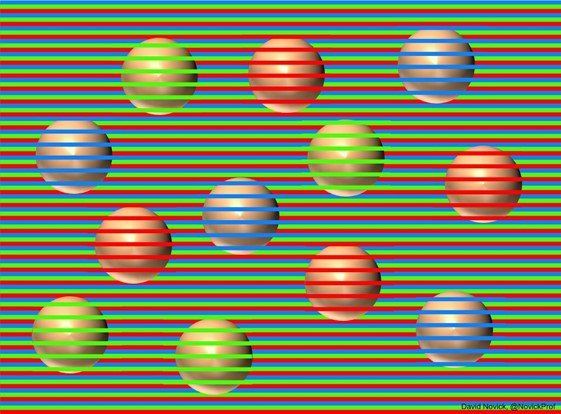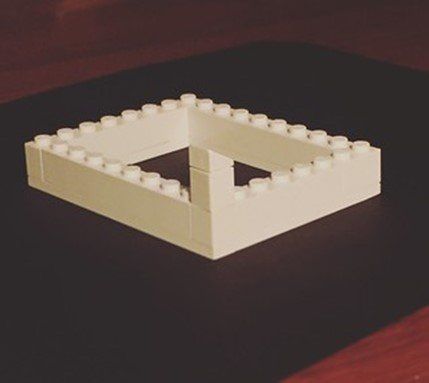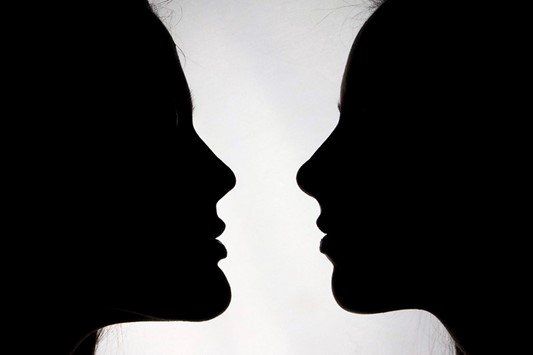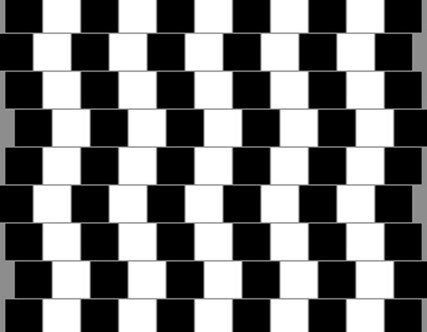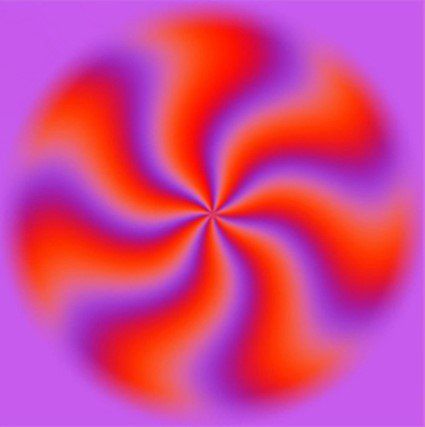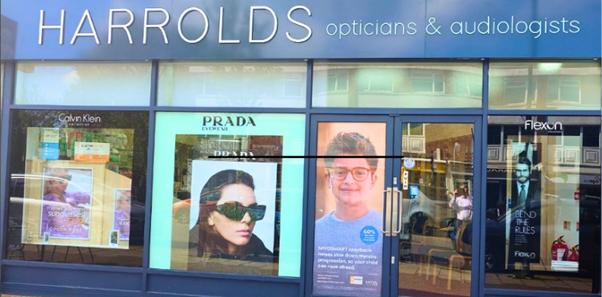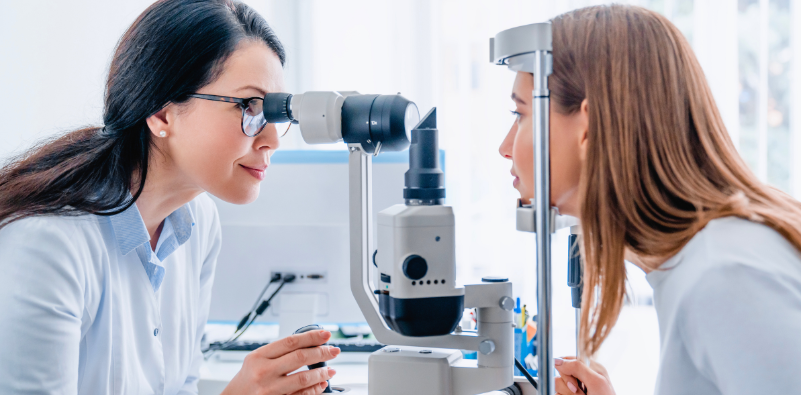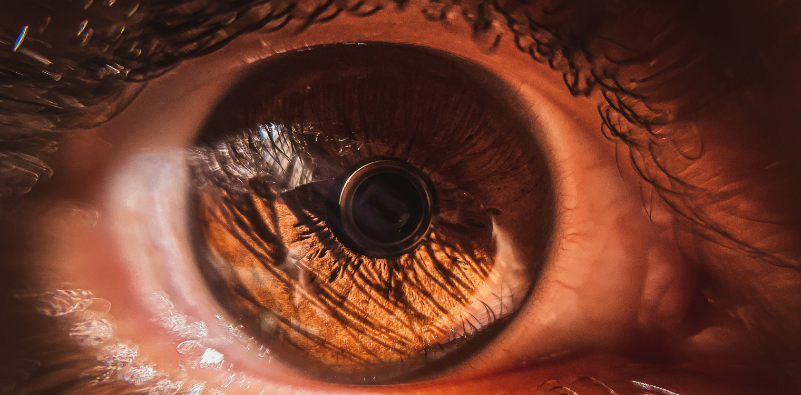May 7, 2024
High blood pressure, or hypertension, affects millions of individuals worldwide and is a significant risk factor for various health complications. Among these complications, one lesser-known but critical aspect is its impact on eye health. Here we have connections between high blood pressure and eye disease, focusing on causes, symptoms, diagnostic methods, and treatment approaches for hypertensive retinopathy. High blood pressure occurs when the force of blood against the artery walls is consistently too high. Various factors contribute to hypertension, including excess weight, high salt intake, genetic predisposition, stress, and lifestyle habits like drinking alcohol and smoking. Over time, uncontrolled hypertension can damage blood vessels throughout the body, including those in the eyes. Hypertensive retinopathy, the eye disease associated with high blood pressure, often progresses without noticeable symptoms in its early stages. However, as the condition advances, individuals may experience symptoms such as: Blurred or dim vision Vision loss Double vision Headaches Sudden vision changes, indicating a medical emergency. Examinations: Diagnosing hypertensive retinopathy involves a comprehensive eye examination performed by an eye care professional. Key diagnostic methods include: Ophthalmoscopy: Using an ophthalmoscope, the eye doctor examines the retina to assess the condition of the blood vessels. Narrowing of blood vessels and signs of fluid leakage may indicate retinal damage due to hypertension. Optical Coherence Tomography ( OCT ): This imaging technique provides detailed cross-sectional images of the retina, allowing for the detection of abnormalities such as retinal swelling (edema) or thickening. Fundus Photography: High-resolution images of the retina are captured to document changes in retinal structure and blood vessel appearance over time. Treatments: The primary goal of treating hypertensive retinopathy is to control high blood pressure to prevent further damage to the retina and preserve vision. Treatment strategies may include: Lifestyle Modifications: Adopting a healthy lifestyle can help lower blood pressure and reduce the risk of eye complications. Recommendations include maintaining a balanced diet low in sodium, engaging in regular exercise, managing stress through relaxation techniques, quitting smoking, and limiting alcohol intake. Medication: When lifestyle changes alone are insufficient to control blood pressure, healthcare providers may prescribe antihypertensive medications. These medications work to lower blood pressure levels and reduce the risk of complications associated with hypertension, including hypertensive retinopathy. Regular Monitoring: Individuals with hypertension and hypertensive retinopathy require regular monitoring of their blood pressure and eye health. Routine eye examinations allow for early detection of retinal changes and adjustment of treatment strategies as needed. High blood pressure poses a significant threat to eye health, leading to complications such as hypertensive retinopathy. Understanding the causes, symptoms, diagnostic methods, and treatment options for this condition is crucial for individuals with hypertension. By effectively managing blood pressure and seeking timely eye care, individuals can reduce the risk of vision loss and preserve ocular health in the presence of hypertension. Book your eye test with Harrolds Opticians today for a full eye health check. Regular communication with healthcare providers and adherence to treatment recommendations play pivotal roles in safeguarding both overall health and vision.






